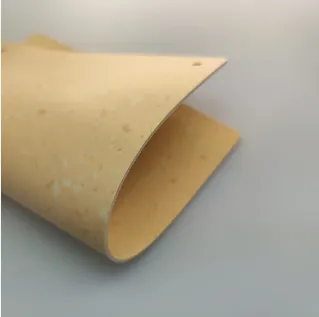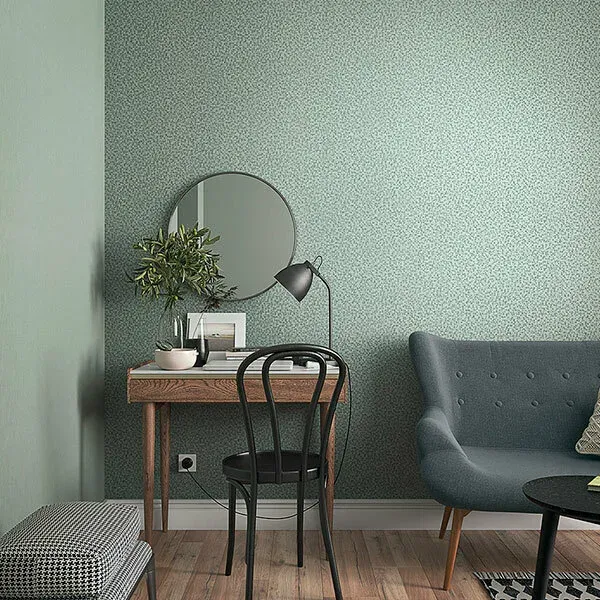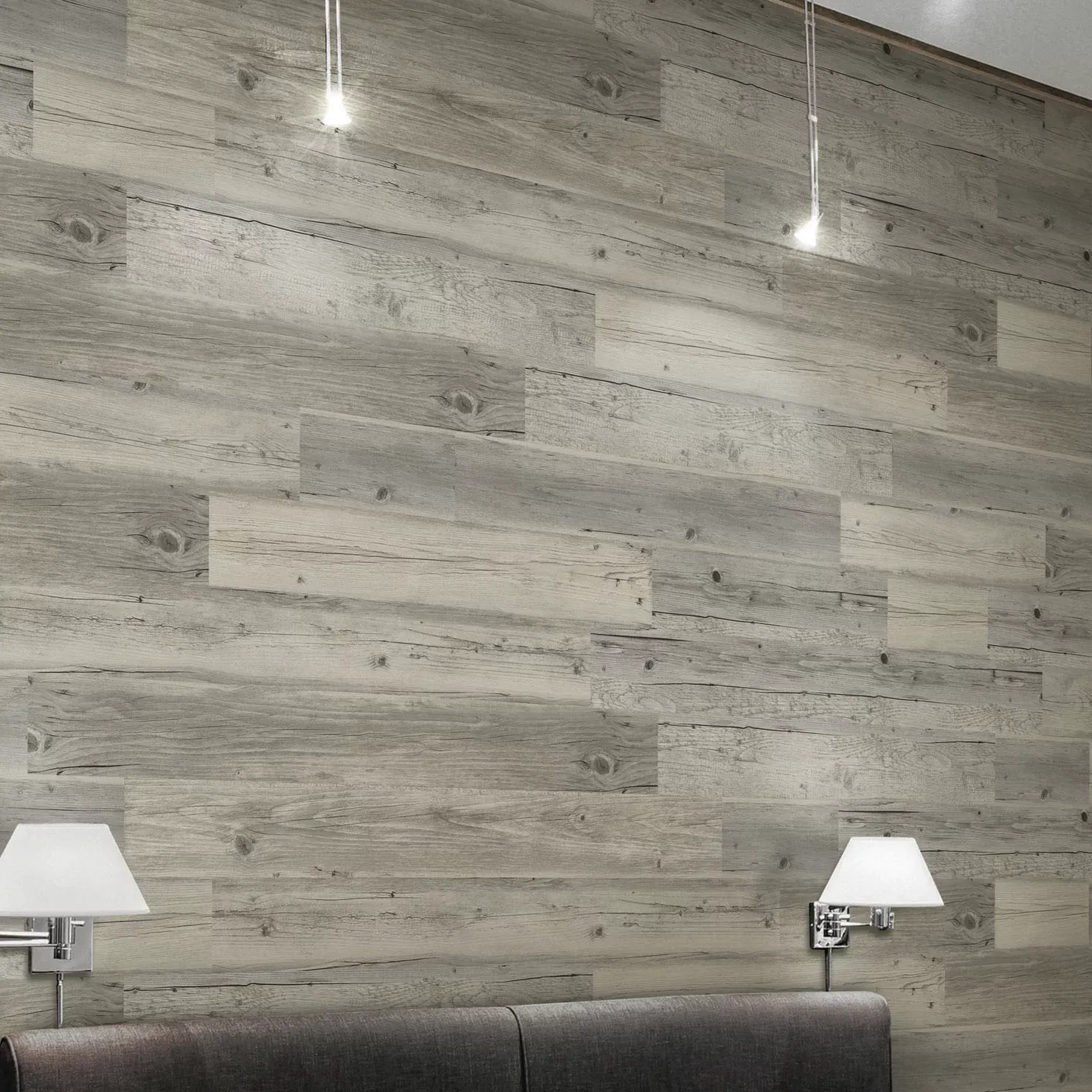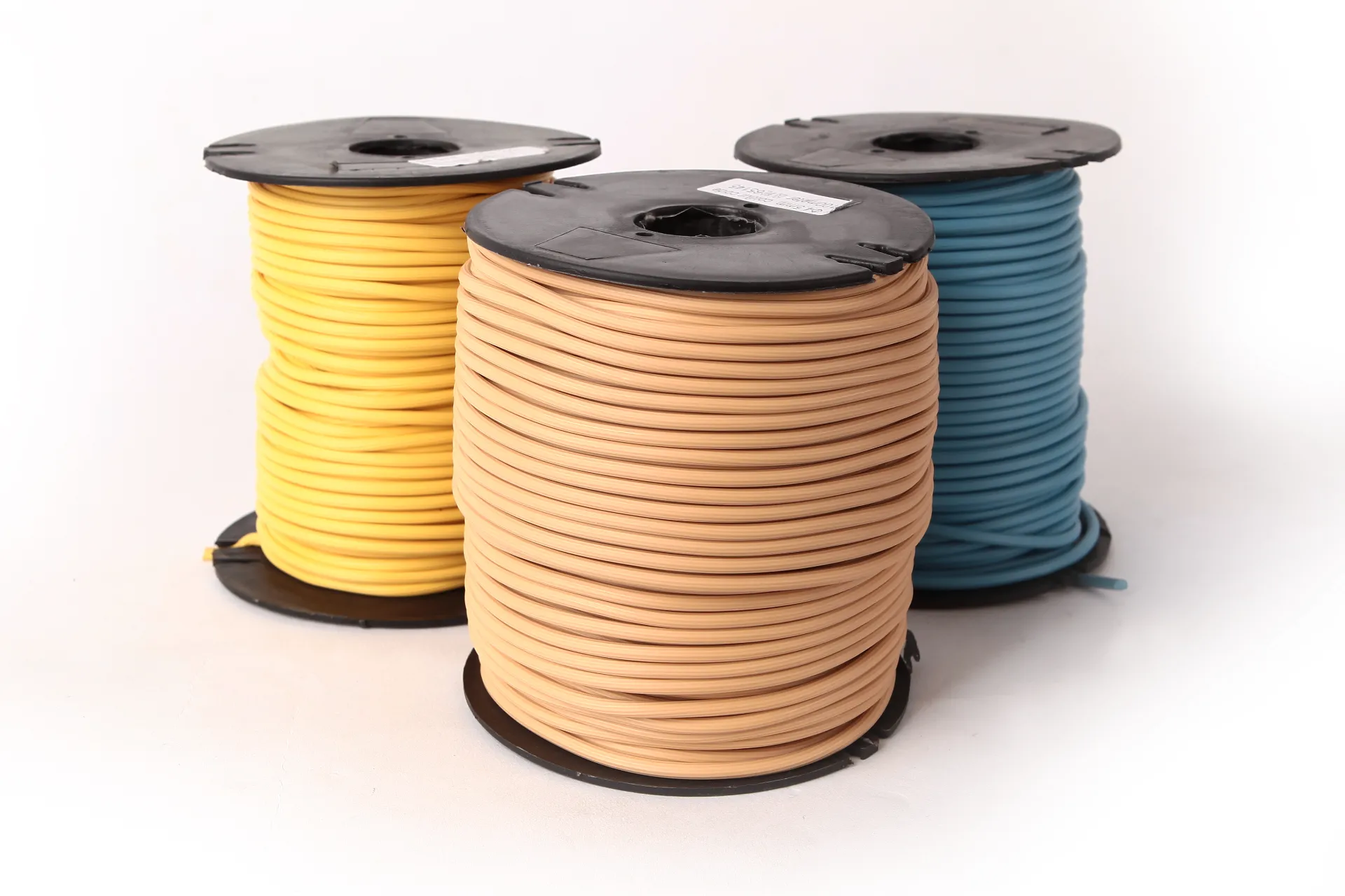
- Afrikaans
- Albanian
- Amharic
- Arabic
- Armenian
- Azerbaijani
- Basque
- Belarusian
- Bengali
- Bosnian
- Bulgarian
- Catalan
- Cebuano
- Corsican
- Croatian
- Czech
- Danish
- Dutch
- English
- Esperanto
- Estonian
- Finnish
- French
- Frisian
- Galician
- Georgian
- German
- Greek
- Gujarati
- Haitian Creole
- hausa
- hawaiian
- Hebrew
- Hindi
- Miao
- Hungarian
- Icelandic
- igbo
- Indonesian
- irish
- Italian
- Japanese
- Javanese
- Kannada
- kazakh
- Khmer
- Rwandese
- Korean
- Kurdish
- Kyrgyz
- Lao
- Latin
- Latvian
- Lithuanian
- Luxembourgish
- Macedonian
- Malgashi
- Malay
- Malayalam
- Maltese
- Maori
- Marathi
- Mongolian
- Myanmar
- Nepali
- Norwegian
- Norwegian
- Occitan
- Pashto
- Persian
- Polish
- Portuguese
- Punjabi
- Romanian
- Russian
- Samoan
- Scottish Gaelic
- Serbian
- Sesotho
- Shona
- Sindhi
- Sinhala
- Slovak
- Slovenian
- Somali
- Spanish
- Sundanese
- Swahili
- Swedish
- Tagalog
- Tajik
- Tamil
- Tatar
- Telugu
- Thai
- Turkish
- Turkmen
- Ukrainian
- Urdu
- Uighur
- Uzbek
- Vietnamese
- Welsh
- Bantu
- Yiddish
- Yoruba
- Zulu
Mmetụta nke ala ụlọ azụmaahịa na nrụpụta ụlọ ọrụ na ịdịmma ndị ọrụ
The design and functionality of office spaces are crucial in shaping the productivity and overall well-being of employees. While factors such as lighting, layout, and ergonomic furniture often dominate workplace design conversations, the flooring choice is an equally important element that can significantly influence both productivity and employee health. From comfort to aesthetics, the right flooring material can help create a conducive working environment that supports both the physical and mental well-being of staff. Let’s explore how ala azụmahịa na-emetụta arụmọrụ ụlọ ọrụ na ọdịmma ndị ọrụ.
Ịkwalite nkasi obi na ibelata ike ọgwụgwụ Ya na Ala ụlọ ahịa
Otu n'ime ụzọ ndị kachasị emetụta ụlọ ala na-emetụta ndị ọrụ bụ site na nkasi obi. Ndị ọrụ na-anọkarị ogologo oge ịnọ ọdụ ma ọ bụ guzoro na tebụl ha, na-aga nzukọ, ma ọ bụ na-agagharị n'ọfịs. Ụdị ala nke a na-eji na mpaghara ndị a nwere ike imetụta ahụ iru ala ha n'oge ha na-eme ihe kwa ụbọchị.
Cushioned flooring such as carpet tiles or rubber flooring offers a soft surface that can reduce the strain on legs, feet, and lower backs, particularly in standing or walking-intensive roles. These types of floors also help absorb shock, minimizing fatigue and discomfort. In comparison, harder surfaces like tile or hardwood can cause more pressure on joints over time, leading to discomfort and potential health issues.

Additionally, ergonomic floor mats placed in high-traffic areas can further enhance comfort by providing additional support for standing employees. By reducing physical strain, the right flooring choices can help employees feel more comfortable and energized throughout their workday, which can improve focus and productivity.
Uru Acoustic: Mbelata mmetọ mkpọtụ Ihe gbasara Ala ụlọ ahịa
Ọkwa mkpọtụ na ụlọ ọrụ nwere ike inwe mmetụta dị ukwuu na itinye uche, ilekwasị anya, na afọ ojuju ndị ọrụ n'ozuzu ya. Ọfịs ndị mepere emepe, ọkachasị, nwere ike ịta ahụhụ site na mmetọ mkpọtụ, ebe mkparịta ụka mgbe niile, oku ekwentị, na mmegharị ahụ na-eme ka ọnọdụ na-adọpụ uche. Nhọrọ nke ala ala nwere ike ịrụ ọrụ dị mkpa n'ibelata mmetụta nke mkpọtụ na ebe ọrụ.
Carpeted flooring, particularly plush or thick carpets, is known for its sound-absorbing qualities. This type of flooring helps to reduce echo and minimize the transmission of noise between rooms or across workspaces. Similarly, rubber flooring can help absorb sound and dampen the noise from footsteps or machinery, making it ideal for areas like hallways, meeting rooms, or fitness spaces within an office.
Site na ibelata ihe ndọpụ uche mkpọtụ, ụlọ ahịa anaghị egbochi mmiri nwere ike ịkwalite ikike ndị ọrụ itinye uche n'ọrụ na-enweghị nnyonye anya nke mkpọtụ gburugburu ebe obibi. Ebe dị jụụ na-esi na ya pụta na-akwalite nkwurịta okwu ka mma, imekọ ihe ọnụ, na afọ ojuju ọrụ n'ozuzu ya, ihe niile na-enye aka na mmepụta dị elu.
Mkpesa mara mma na omume onye ọrụ Ihe gbasara Ala ụlọ ahịa
Mmetụta anya nke ala resin azụmahịa e kwesịghị ileda ya anya. Ngwunye ala na-enye aka n'ịdị mma nke ụlọ ọrụ, na-edozi ụda maka ohere ma na-emetụta mmeghachi omume mmetụta uche nke ndị ọrụ. Ụlọ ọrụ a haziri nke ọma, nke na-adọrọ adọrọ nwere ike ịmepụta echiche nke mpako na ikike, na-akpali ndị ọrụ na ịkwalite ahụmahụ ha n'ozuzu ha na-arụ ọrụ.
For example, wooden floors, with their sleek and natural appearance, can bring warmth and sophistication to an office environment. On the other hand, brightly colored floors or innovative patterned tiles can inject energy and creativity into creative spaces, sparking innovation and enthusiasm. Flooring can even be used to demarcate zones within a larger office, helping employees navigate different areas and creating a sense of order and focus.
Ọfịs na-atọ ụtọ ọ bụghị naanị na-emepụta ikuku nnabata kamakwa ọ na-akwalite mmụọ na afọ ojuju ọrụ. Mgbe ndị ọrụ na-eche na e ji nlezianya hazie gburugburu ọrụ ha, ha na-enwekarị mmetụta na ha bara uru, nke nwere ike ime ka mkpali ha na ọdịmma ha dịkwuo elu.
Atụmatụ ahụike: Mbelata ihe ize ndụ nke mwepu na ọdịda Ihe gbasara Ala ụlọ ahịa
Ahụike na nchekwa nke ndị ọrụ bụ ihe kacha mkpa na ntọala ụlọ ọrụ ọ bụla. Ime ala na-arụ ọrụ dị oke mkpa n'igbochi ihe mberede, ọkachasị n'ebe ndị nwere ike ịwụfu ma ọ bụ n'ụkwụ dị elu. N'ebe dị ka kichin, ụlọ mposi, ma ọ bụ ụzọ mbata, ịhọrọ ụdị ala nke ọma nwere ike igbochi mmerụ ahụ n'ebe ọrụ, dị ka mwepu na ọdịda.
Anti-slip flooring materials, such as textured vinyl, rubber, or even some types of tile, are ideal for high-risk areas. These surfaces provide better traction, even when wet, reducing the likelihood of falls. In offices where employees are frequently moving between different areas, having non-slip flooring ensures that employees can walk around safely without worrying about potential hazards.
Ewezuga ibelata ihe ize ndụ nke mmerụ ahụ ozugbo, ala ala nke ọma nwekwara ike inye aka belata nsogbu ahụike ogologo oge. Dịka ọmụmaatụ, iji akwa mgbochi ike ọgwụgwụ na ebe a na-arụ ọrụ nwere ike ibelata ahụ erughị ala ma belata ihe ize ndụ nke ịmalite ọnọdụ dị ka mgbu azụ azụ ma ọ bụ nsogbu mgbasa ozi nke nwere ike ibilite site na nkwụsị ogologo oge n'elu elu siri ike.
Mmetụta Gburugburu Ebe Obibi: Ịkwalite Ọdịmma Site na Njigide Ihe gbasara Ala ụlọ ahịa
As more businesses adopt sustainability initiatives, there is growing recognition of how flooring choices can contribute to environmental health as well as employee well-being. Green, eco-friendly flooring options can help create a healthier indoor environment while also aligning with the company’s values.
Sustainable flooring materials such as cork, bamboo, or recycled content carpet tiles have a lower environmental impact compared to traditional flooring products. These materials are free from harmful chemicals, which can contribute to better air quality within the office. Some flooring options even come with certifications like LEED (Leadership in Energy and Environmental Design), which ensures that they meet rigorous environmental standards.
Choosing eco-friendly flooring is not just about reducing a company’s carbon footprint; it also fosters a sense of pride among employees. Working in an office that emphasizes sustainability can boost morale and contribute to a positive, healthy work environment, ultimately benefiting both employee well-being and the company’s reputation.
-
Masking Tape: Clean Removal, Precision Lines, Pro-GradeNov.10,2025
-
Skirting: MDF, Oak & SPC | Durable, Easy-FitNov.10,2025
-
Commercial VCT Tile Flooring – Durable, Low-MaintenanceNov.10,2025
-
LVT Vinyl Floors – Waterproof, Scratch‑Resistant, Easy ClickNov.10,2025
-
Masking Tape - Pro-Grade, Clean Removal, Crisp LinesNov.10,2025
-
Premium Masking Tape - Sharp Lines, Clean RemovalNov.10,2025



